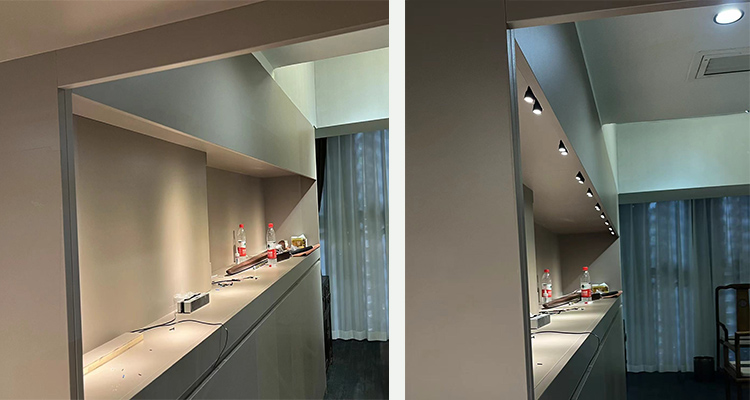In contemporary interior design, lighting is not merely a means of providing brightness; it is also an art, a form of invisible beauty. Hidden lighting, also known as invisible lighting, is rapidly becoming a focal point in interior design. This concept is not only impressive but also holds profound aesthetic value. In this article, we will explore the aesthetic value inherent in invisible lighting and the techniques employed to achieve this effect.
The aesthetic value of hidden lighting lies in how it elevates interior spaces to a new level. By concealing light fixtures, we create a soft, seamless lighting effect that avoids the distinct bright spots and shadows often introduced by traditional fixtures. This invisible lighting effect serves multiple purposes in interior design:
1.Enhanced Visual Appeal
2.Atmosphere Creation
3.Reduced Disturbance
Achieving invisible lighting requires specific concealment techniques. Here are some common methods
1.Recessed Lighting
2.Décor Camouflage
3.Wall-Embedded Fixtures
Fixtures embedded in walls can produce a soft, even illumination that radiates along the walls, creating a cozy lighting effect.The picture below is a case we recently designed, which uses wall-embedded lighting to install it. The lighting used is a mini double-head magnetic track light, showing the effect of seeing the light without seeing the lamp.
Post time: Oct-13-2023

